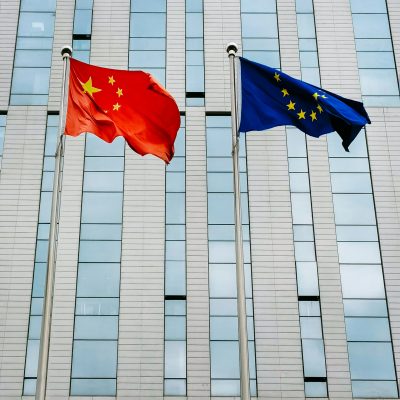[EN] UE-ASEAN : il faut être deux pour danser
*Uniquement en anglais*
Cette étude, la cinquième de Notre Europe de la série sur l’intégration régionale, donne un panorama des relations UE-ASEAN à travers deux angles d’analyse : le politique et l’économique. (en anglais seulement)

Executive Summary
The agreement signed in 1973 between the then European Economic Community and the Association of Southeast Asian Nations (ASEAN), a mere six years after the creation of the latter, was the first interregional cooperation agreement ever entered into by Western Europe as a whole with another foreign regional body.
This symbolic importance coupled with the tendency of the EU, as part of its soft power approach to international relations generally, to promote regional integration elsewhere gives a unique significance to EU-ASEAN relations. Yet both the EU and ASEAN are very different multi-dimensional regional entities with quite different histories, objectives, structures and capacities. It is this asymmetry that is at the heart of the difficulties in their attempts at inter-regional cooperation.




